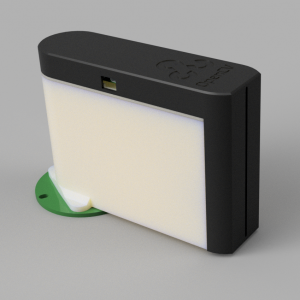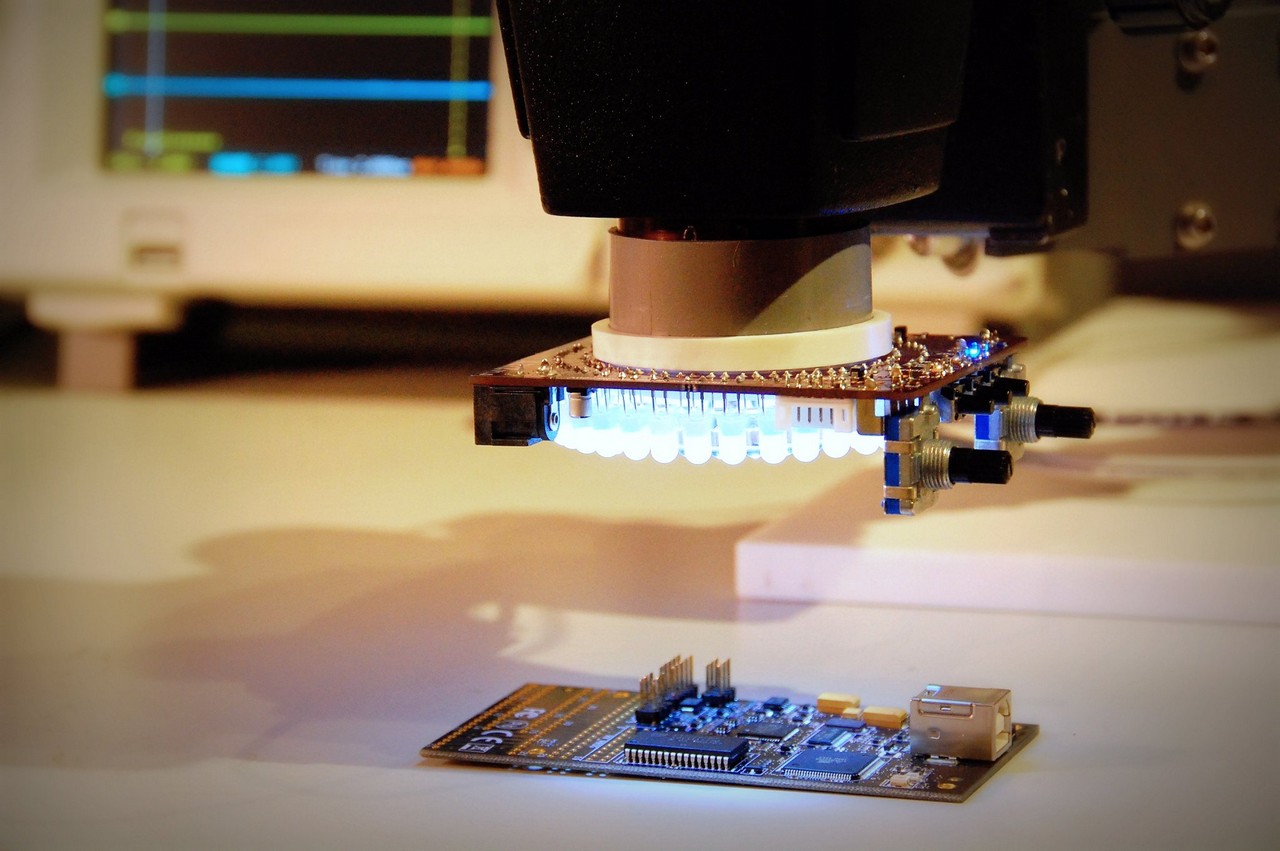I thought I’d try to get one more design into the January 23 Laen PCB order. For the new CNC electronics setup, I’m going to be using a 3.5″ form factor Atom PC motherboard. It unfortunately does not have a parallel port, which I need to talk to the FPGA card. However, the board does have a PCI Express connector, so an add-in parallel card can be used. Unfortunately, there are two issues: I don’t want the add-in card to be vertical (perpendicular), and also also I don’t want the rear panel connector to actually poke out the back of the enclosure like a normal add-in card would.
There are commercial riser cards that would solve the vertical board issue, but they don’t solve the rear panel issue. Hmm. Poking around in my box of parts samples, I noticed I had a few PCI Express connectors. With cheap PCB layout available to me, why not try to make my own riser card?
 PCI Express differs from old school PCI in that it’s based on high speed differential signalling instead of parallel buses. The upside is that the connectors are much smaller and there are fewer lines to route. The downside is that they’re critical lines, and need to be routed carefully. Now, to be honest I’m out of my electrical engineering depth a bit with this stuff – it’s beyond anything I’ve done in my studies, for work, or for fun. However, I’m somewhat bolstered by having tried a cheap $5 PCI express extender that used 6″ ribbon cables, and it ran my card just fine. I figured if I at least pay some attention to the critical PCIe lane signals, it should work reasonably well.
PCI Express differs from old school PCI in that it’s based on high speed differential signalling instead of parallel buses. The upside is that the connectors are much smaller and there are fewer lines to route. The downside is that they’re critical lines, and need to be routed carefully. Now, to be honest I’m out of my electrical engineering depth a bit with this stuff – it’s beyond anything I’ve done in my studies, for work, or for fun. However, I’m somewhat bolstered by having tried a cheap $5 PCI express extender that used 6″ ribbon cables, and it ran my card just fine. I figured if I at least pay some attention to the critical PCIe lane signals, it should work reasonably well.
In a 1X PCIe connector, there are three differential signal pairs to pay attention to. I used the differential routing tools in my PCB layout package, which guide you in keeping the pairs routed equidistant from one another according to rules you set up. I also used the tools to match the lengths of the differential pairs. This produces something you may have seen on PC motherboards and other modern equipment: the crazy looking wiggly traces.
So, I present a bit of an experiment. I call it “THE HAMMER” because of its shape. It’s a PCIe 1x riser card with a “layback” to pull the rear of board away from the back panel of the motherboard.




